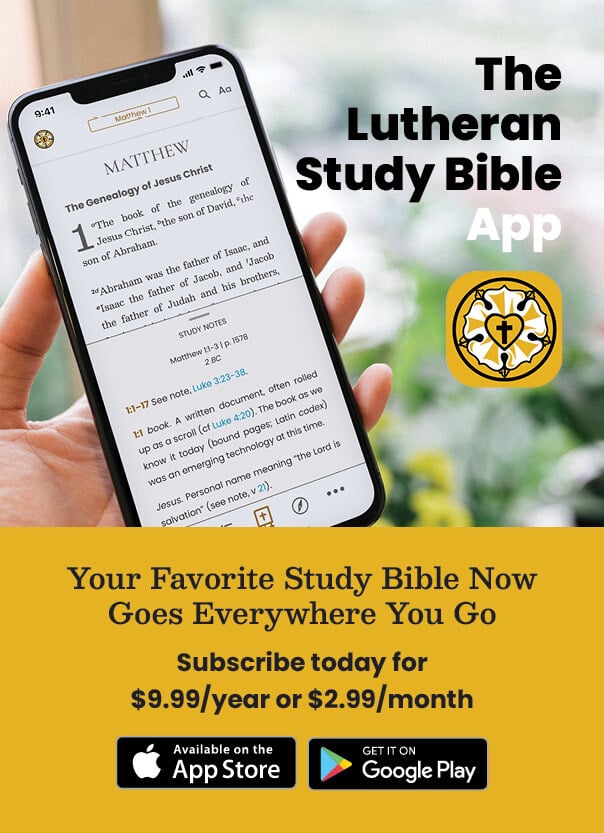Music of the Month: Joseph Dearest, Joseph Mine
This new take on the German Christmas carol uses the ancient Resonet in Laudibus melody but places it in an entirely different setting for SATB choir, piano, and alto saxophone. The soulful timbre of the saxophone plays warm, lyrical phrases over gentle choral writing for a memorable lullaby to the Christ Child. Alternate instrument parts for C and B-flat instruments and Horn in F are also available for free digital download.
Top String Music Settings for the Church Year
String instruments bring a rich depth and emotional beauty to worship. Whether supporting congregational singing, accompanying the choir, or offering reflective meditations, strings can illuminate the story of salvation as it unfolds throughout the Church Year. From the anticipation of Advent to the joy of Easter and the meditative moments of Communion, sacred string music helps the church express both reverence and rejoicing. Continue reading to discover a variety of works for string ensembles, both classic and fresh, that enhance worship with musical excellence and theological depth.
Music of the Month: Word Made Flesh to Dwell Among Us
“Word made flesh,” “barn made palace,” and “sky made song” are just a few of the wonderful poetic phrases in this charming Christmas anthem by Carl F. Schalk (1929–2021) with text by David Rogner. This beautiful piece has all the grace and elegance one has come to know from Schalk’s Christmas hymns as it proclaims the birth of Christ with fresh imagery in word and song.
Why Do We Have One- and Three-Year Lectionaries?
Yes, what we look forward to this coming Sunday morning really does come down to us through millennia. This blog post, adapted from Carl C. Fickenscher II’s book Looking Forward to Sunday Morning: Reflections on the Church Year, outlines the history of the lectionary so you can see how each Sunday service is passed down to you today.
Music of the Month: Three Reformation Motets
In commemoration of the five hundredth anniversary of Johann Walter’s collection Geystliche gesangk Buchleyn (1524), these three motets were edited and selected for their usefulness for modern choirs throughout the Church Year and at celebrations of the Lord’s Supper. Each piece may be sung as a stand-alone motet, using one or more stanzas. Or select stanzas may be sung in alternation with the congregation in the context of singing the hymn. The titles are “From Depths of Woe I Cry to Thee,” “O Lord, We Praise Thee,” and “Salvation unto Us Has Come.”
Edward Rechlin: Paving the Way for Lutheran Organists
This blog post is adapted from Portraits in American Lutheran Sacred Music, 1847–1947, by Benjamin Kolodziej.
Music of the Month: Sojourn: Four Chorale Preludes from Childhood to Resurrection
Take a journey through the seasons of life with this set of four chorale preludes by German composer Bernard Wayne Sanders. The preludes can be played individually or as a set of hymns that outline one’s sojourn from cradle to grave. These sophisticated pieces engage and immerse the listener in these beautiful hymn tunes and are appropriate for both service and concert use.
Sacred Music That Reminds Us of Our Baptism
Baptism is much more than just a moment. It is a second birth and a transformation of identity. In the waters of Baptism, God claims us as His own, washing away our sin and marking us with the cross of Christ. Sacred music can serve as a powerful reminder of the promises poured out on us in that sacrament. Hymn texts, piano meditations, and instrumental variations can help us remember what God has—and continues to do—for us through Baptism. Here are a few musical selections that invite reflection, thanksgiving, and joy in our baptismal identity.
Simple Family Devotions with Lutheran Service Book
We have a great bedtime routine in our family, although I’m not sure where it came from. After dinner, we clean up the toys. The kids use the potty and hear a story. They brush their teeth and put on their pajamas. There’s usually a few minutes of sprinting up and down the hallway, and then we sit down for a devotion before laying everyone down.
Easy Ways to Use a Children’s Hymnal in the Classroom
Incorporating a new children’s hymnal into your classroom might be easier than you think! There are many ways you can teach the faith through a hymnal, such as learning to sing a hymn in a foreign language, which can benefit children in the future. Singing hymns can also help children memorize important Christian themes. Using One and All Rejoice makes teaching through hymns easy.



.jpg?width=50&height=50&name=IMG_20220621_160541_456%20(1).jpg)




















